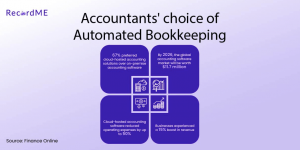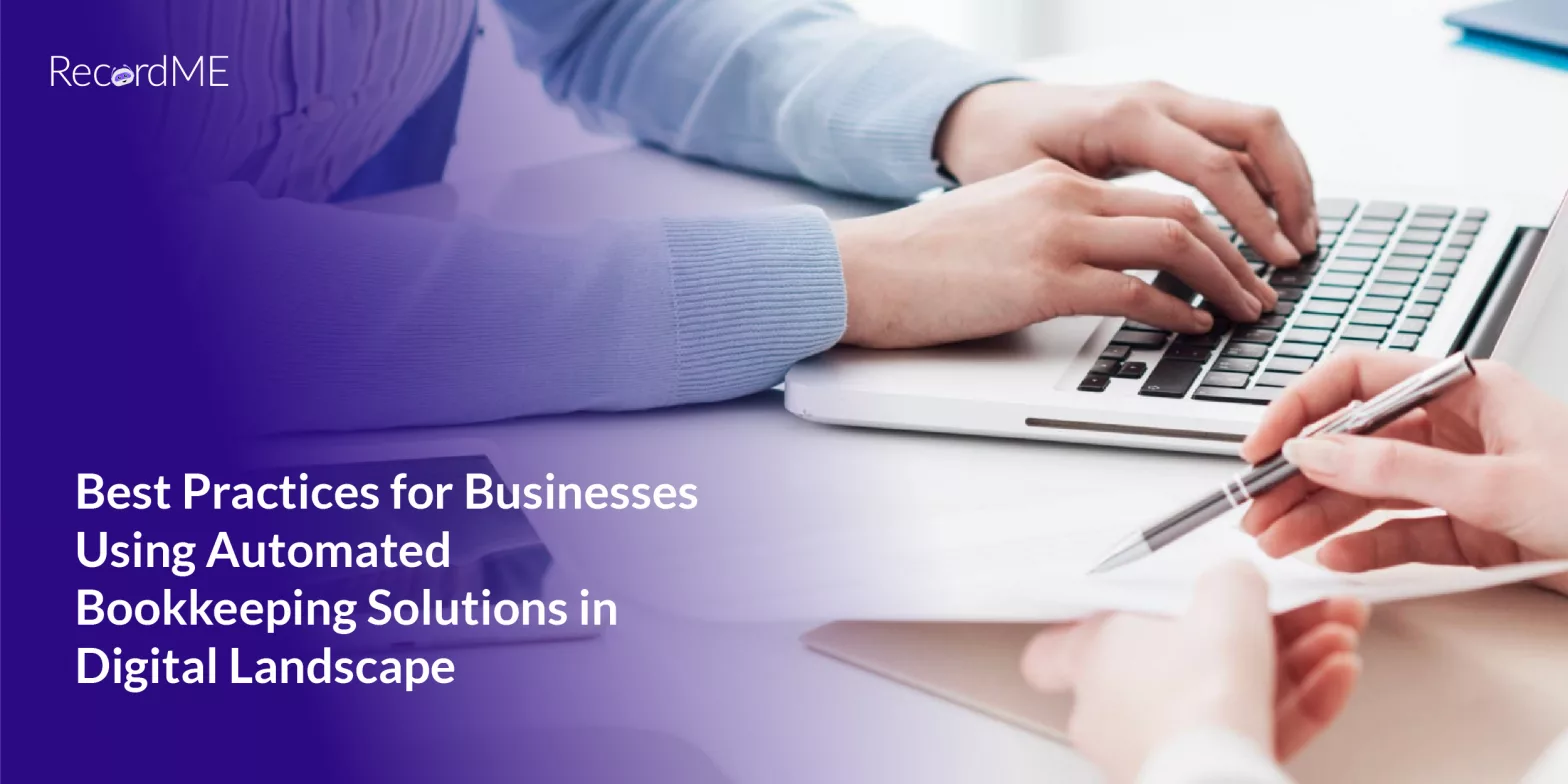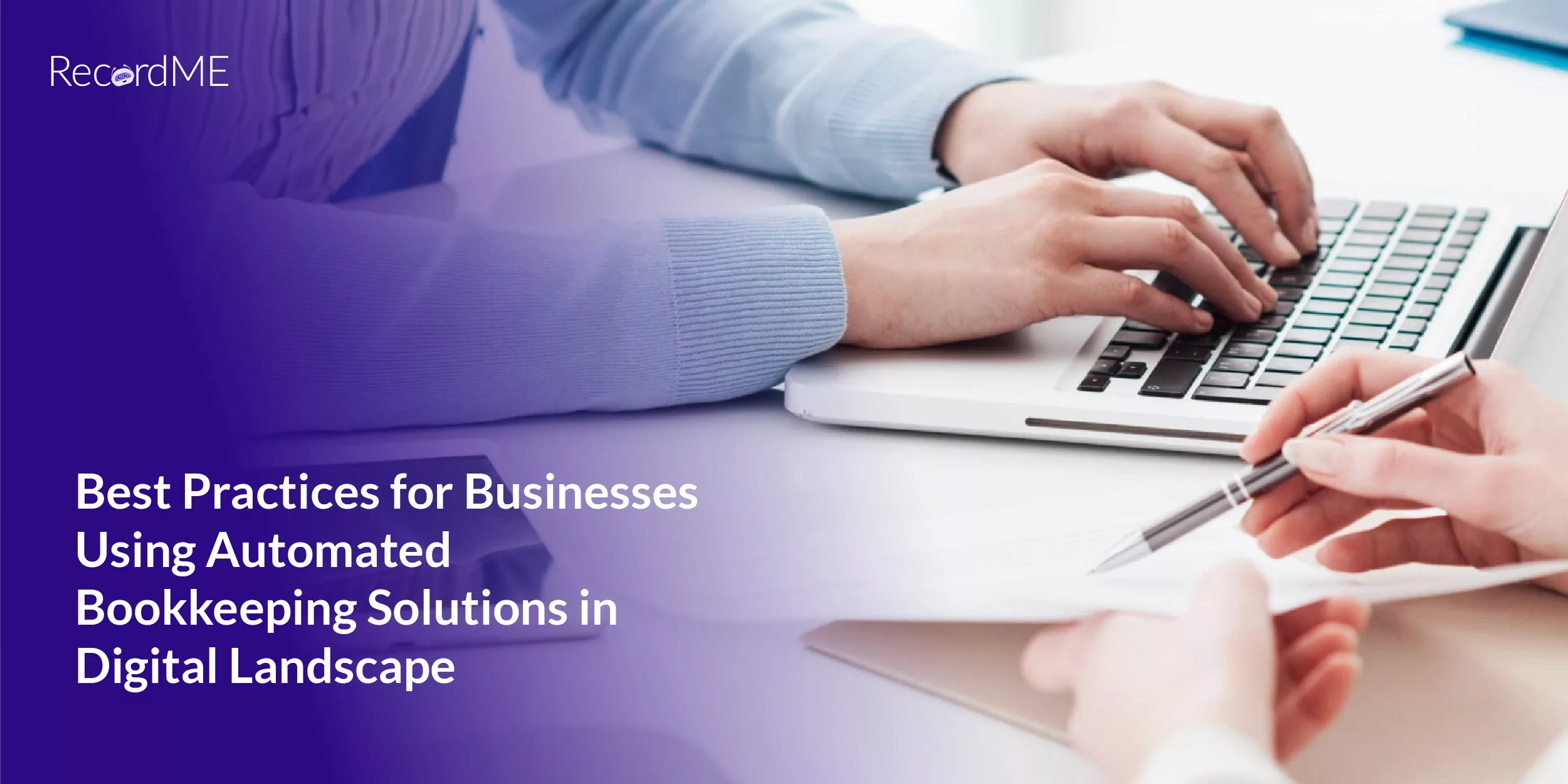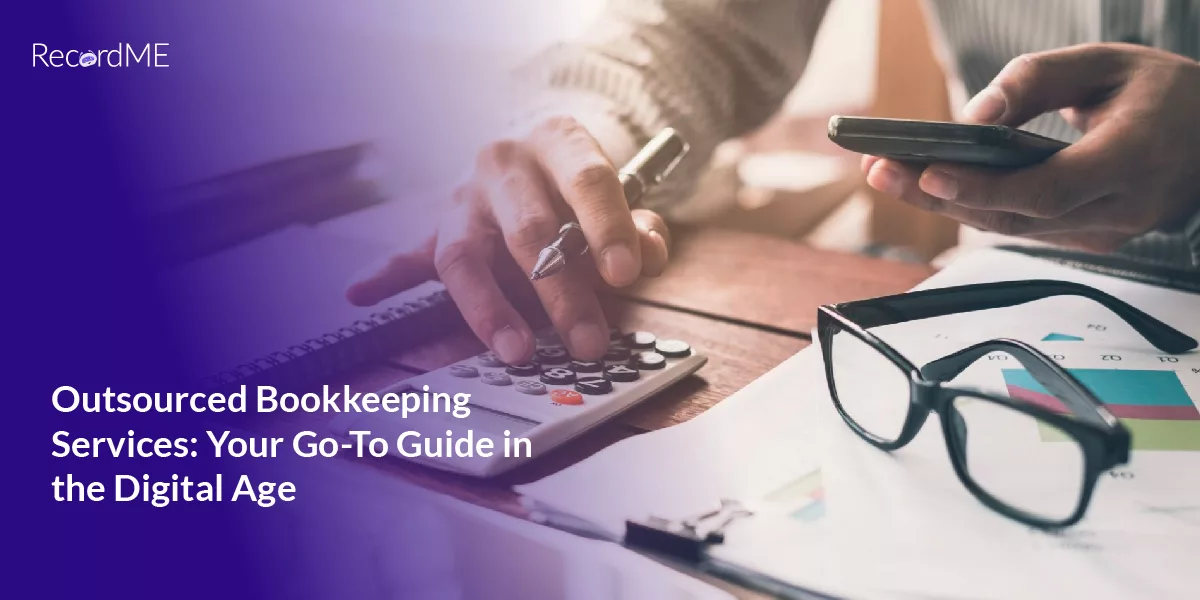Optimizing operational efficiencies is the first priority of every company. Which financial institution doesn’t want to look for ways to cut costs by saving time, especially during these undetermined economic times? As cost-cutting efficiencies are required in nearly every department of the business, AI has introduced automated bookkeeping software or also known as financial bots.
Automated bookkeeping plays an important role in educating employees about how they can utilize their time in the most efficient way. As a matter of fact, the Atlantic IT survey found that employees spend 520 hours per year on repetitive tasks that can easily be done through financial bots. A similar report states that 67% of employees feel that they constantly repeat the same tasks and the average employee states they waste four and a half hours per week on such tedious tasks. These reasons are enough for any organization to acquire automated bookkeeping services. Let’s move toward how AI can automate accounts payable and its benefits.
Accounts Payable (AP) Automation
Traditionally, creating and paying invoices is executed manually. AP automation uses software tools to implement clear procedures that help eliminate manual work as much as possible. But, the sad news is that only 10% of organizations have automated their AP processes. However, this trend can shift as more companies now understand the control, visibility, and savings resulting from automated bookkeeping. That is why companies are more focused on generating revenue in marketing, product development and sales with automated bookkeeping.
AP Processes in Traditional World
At enterprise-level companies, executing heavy manual processes is not unusual for most AP processes. However, the process can not be the same in all organizations. Let’s understand the manual AP process through an example.
The company needs to buy something, so they contact a supplier and receive an invoice after purchase. Employees think that suppliers might be on the pre-approved list, but they are usually not. So, employees have to track down the supplier routing info. The employee will get a printed email of the invoice. Once it is received, the employee needs to investigate who made the purchase and give a receipt to them. The purchaser transfers all invoice data into the system and transfers it for approval. After the invoice approval, a written check is mailed to the supplier. This whole manual procedure takes 30 to 90 days. Now let’s understand how automation can improve the accounts payable process.
AP Automation In Practice
Through AI-driven technology, companies can automate almost every stage of the purchasing process. They can even extend the procedure to include payments and procurements to avail more benefits. Let’s discuss the AP cycle to exclude the mailing process back and forth, taking the invoice around and finding the purchaser, looking for the approver, and manually mailing a check.
Starting with the previous order scenario again, the purchaser receives a “surprise invoice” and can proactively issue an invoice for the total amount that needs to be paid to a vendor. This whole procedure gives employees more control and visibility of finance from starting. Automation benefits by receiving a digital invoice from the supplier. Automated bookkeeping software automatically matches invoices by matching two-way(invoice and purchase order) or three-way (invoice, purchase order and delivery receipt).
Cloud-based software can make payments on its own to save a company time. It also includes all payment techniques, from check generation to bank transfers and global payments. Ideally, automated bookkeeping software should handle purchase invoices, orders, and payments, or it should be like that which can easily integrate with other software. This cycle eradicates most manual tasks; not only this, but CFO has complete visibility to future invoices as all the purchasing order data is in hand, just one click away which reduces employee workload. The benefits don’t end here, but due to automated bookkeeping software, the CFO can make sure anytime when and where this purchase has been made. Also, they can make sure that amount has been sent to the same supplier and that there are no chances of fraud.

Benefits of AP Automation
Time is money and automated bookkeeping services make sure that employees are using their time wisely. Companies that use accounts payable automation can reduce processing costs by 81% and can speed up processing cycle times by 73%. Other benefits include:
1) Save Time
Automated bookkeeping services remove time-intensive and repetitive tasks so that employees can focus on more strategic and valuable tasks.
2) Better Visibility
Automation provides more visibility in upcoming payments, enhancing employee productivity and CEO or CFO decision-making.
3) Empowering Employees
By introducing automated bookkeeping processes, employees enjoy concise, simple, and accessible financial transactions.
4) Digital By Default
Forget filling out, printing, carrying around, mailing and scanning documents. Every process can be digitized, which reduces errors and saves time.
5) Less Errors
Manual processes lead to more human errors. Automated bookkeeping can reduce costs by providing two or three-way matching.
How RecordMe Connects the Dots for Any Business?
RecordMe AP software helps companies by saving their time and money. That is why more and more companies want to acquire automated bookkeeping software as they want to know what is eating up their time and cost. Moreover, employees can utilize their time more effectively by acquiring automated bookkeeping services. The money saved through using this software helps in startups or investing elsewhere.
Switching to automated bookkeeping can help companies to gain a competitive edge and scale their business. Moreover, it facilitates CEOs and CfOs by providing accurate and reliable financial figures that strengthen their decision-making ability. It also reduces human errors and provides enough cloud capacity to store files.







